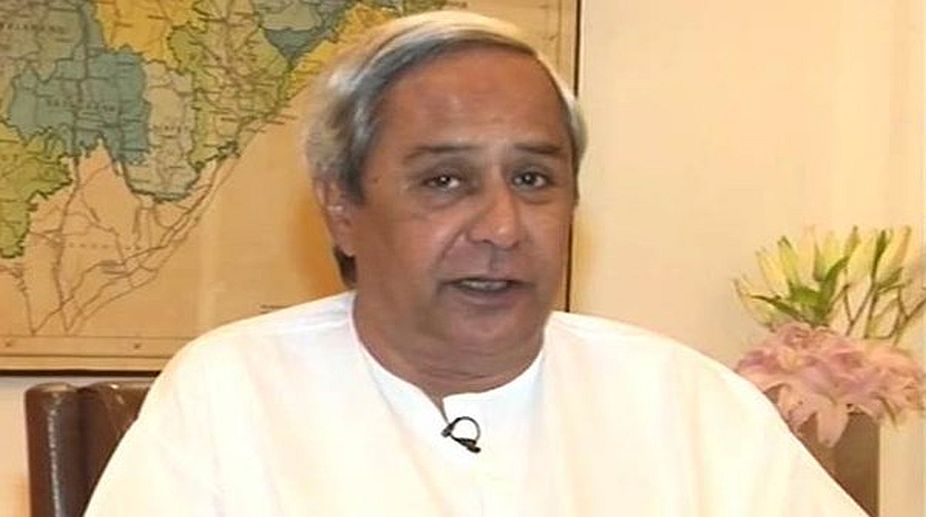Odisha largely free from caste, religion resonance in electoral politics
Caste calculation, religious affiliation has never emerged as a tool to woo voters.

Odisha CM Naveen Patnaik (Photo: Twitter)
The Odisha Chief Minister’s presentation at a conference of District Collectors on Sunday might, on the face of it, sounded like the typical cache of homilies.
But Naveen Patnaik’s initiative is critical not least because it comes in the aftermath of the ruling Biju Janata Dal’s defeat in the panchayat elections, and when the Bharatiya Janata Party has a foot in the door ahead of the Assembly elections.
Additionally, it is an essay towards redefining the role of those who helm the district administration, which is integral to panchayati raj, the bedrock of rural governance.
Advertisement
Above all, Patnaik has upheld the certitudes of public administration, and has abjured a political presentation… so very unlike his counterparts. The praxis thus suggested is no less valid for the rest of the country, including the government at the Centre.
He has in the main underlined the importance of what he calls “public service delivery and citizen-centric governance”, urging Collectors to function as “agents of change” for the improvement of the government’s delivery mechanism.
If that mechanism is today direly in need of improvement, one must wonder if something is wrong somewhere after 19 years of BJD rule, exemplified in the party’s debacle in the February election to the quangos.
“Today you wear two hats. You are the person who has expectations from the Government and you are also the Government from whom the people have lot of expectations. What would you expect from a citizen-centric Government ? Give your suggestions in this light. Let us work together for an empowered Odisha”. It is pretty obvious that he has tried to bridge the gap between voters and the government… post-election.
A surfeit of slogans can only obfuscate governance. Hence the marked emphasis on the “people, who are at the centre of governance”. Hence also the proposed web portal system for a feedback. A striking feature of Patnaik’s presentation was the emphasis on the “3Ts ~ Technology, Teamwork and Transparency”.
The blending of the three concepts of contemporary public administration lends no scope for a political exercise. In terms of specifics, he was riveted to the segments of governance with a bearing on the functioning of panchayats ~ rural housing, water supply, paddy procurement, schemes and services relating to farmers, facilities for students, municipal services, youth and skill development, implementation of the Forest Rights Act and welfare schemes for construction workers, public service delivery under the Odisha Right to Public Services Act and improvement of Government hospitals and health services generally.
It is hard not to wonder whether the BJD’s performance ~ after a prolonged spell in power ~ has been below par in the sectors that are pivotal to governance in a predominantly rural state. A chic Bhubaneswar with its four-lane roads can be deceptively impressive.
Advertisement